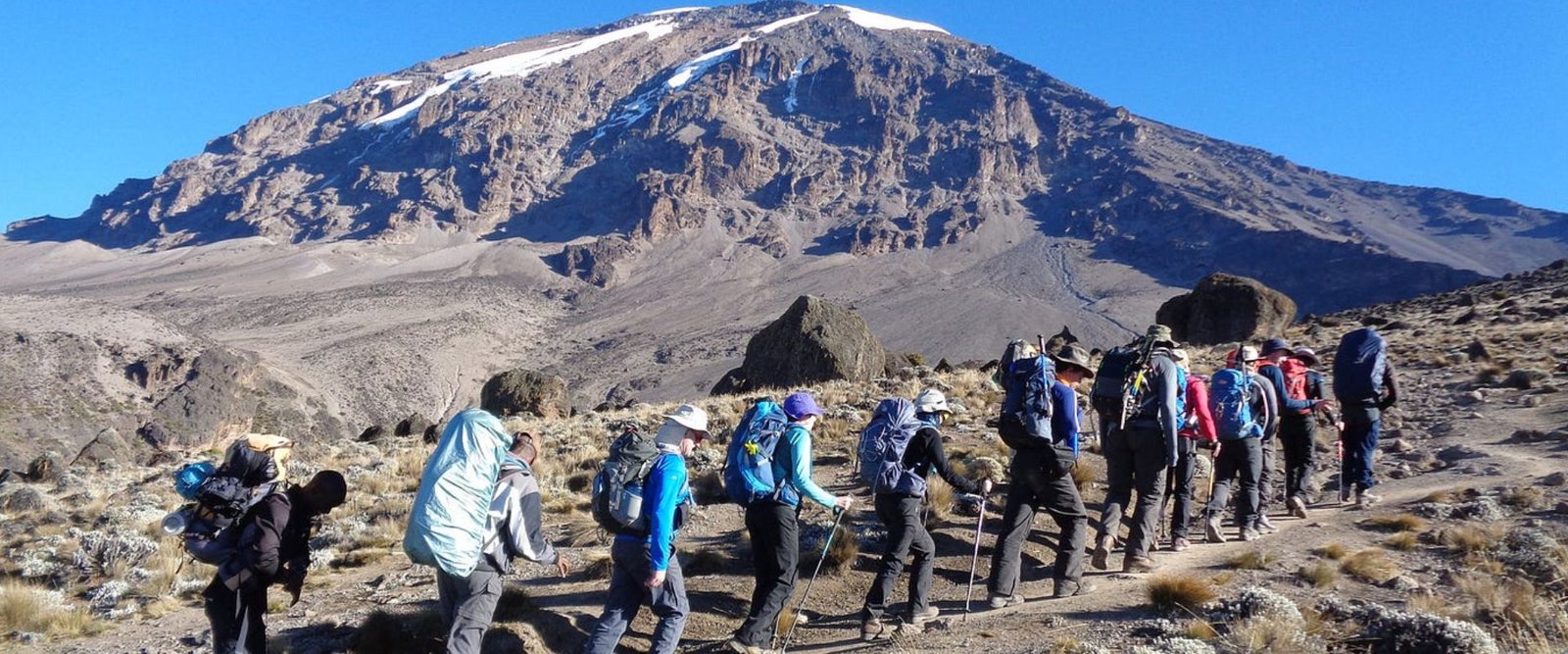Embarking on a journey to climb Kilimanjaro is a dream for many adventure seekers. As the highest peak in Africa, Mount Kilimanjaro stands at 5,895 meters (19,341 feet) above sea level, offering breathtaking views and a challenge that attracts climbers from all over the world. Whether you’re an experienced hiker or a novice, this guide will provide you with essential tips and insights to make your Kilimanjaro adventure truly unforgettable.
Why Climb Kilimanjaro?
Climbing Kilimanjaro is not just about reaching the summit; it’s about the journey, the culture, and the personal achievement. Here’s why Kilimanjaro should be on your bucket list:
- Accessible to Most Climbers: Unlike many of the world’s highest peaks, Kilimanjaro does not require technical climbing skills. With the right preparation, almost anyone with a reasonable level of fitness can make it to the top.
- Diverse Ecosystems: The climb takes you through five distinct ecological zones, from tropical rainforests to alpine deserts and finally, the arctic summit. This diversity makes the climb visually stunning and varied.
- Cultural Experience: Tanzania is rich in culture, and your journey will likely include interactions with the local Chagga people, adding a unique cultural dimension to your adventure.
Choosing the Right Route
Kilimanjaro offers several routes to the summit, each with its own challenges and rewards. The most popular routes include:
- Marangu Route: Known as the “Coca-Cola” route, this is the only path with hut accommodations, making it a comfortable option. It’s also one of the shortest routes, but this can lead to a higher risk of altitude sickness due to rapid ascent.
- Machame Route: Often called the “Whiskey” route, Machame is more challenging than Marangu but offers better acclimatization opportunities due to its longer length and gradual ascent. It’s one of the most scenic routes, passing through beautiful rainforests and offering panoramic views.
- Lemosho Route: Considered one of the most picturesque routes, Lemosho is also less crowded, providing a more remote and peaceful climb. It allows for a longer acclimatization period, which increases your chances of reaching the summit.
- Rongai Route: The only route that approaches Kilimanjaro from the north, Rongai offers a different perspective of the mountain. It’s a quieter route, ideal for those looking to avoid the crowds.
Preparing for the Climb
Preparation is key to successfully climb Kilimanjaro. Here are some tips to ensure you’re ready:
- Physical Training: Start training at least two to three months before your climb. Focus on cardiovascular fitness, strength training, and hiking with a weighted backpack to simulate the conditions you’ll face on the mountain.
- Acclimatization: Altitude sickness is a significant concern when climbing Kilimanjaro. Choose a longer route for better acclimatization and consider spending an extra day on the mountain to help your body adjust to the altitude.
- Gear: Invest in quality gear, including layered clothing, waterproof boots, and a good sleeping bag. The weather on Kilimanjaro can be unpredictable, so be prepared for everything from scorching sun to freezing temperatures.
- Diet and Hydration: Stay well-hydrated throughout your climb and eat energy-rich foods. Your tour operator will usually provide meals, but it’s a good idea to bring snacks like energy bars and nuts.
The Climbing Experience
The actual climb is an experience like no other. Here’s what you can expect:
- Daily Routine: You’ll typically start your day early with a hearty breakfast, followed by several hours of hiking. Lunch is usually taken on the trail, with dinner and an early night at camp.
- Summit Night: The final ascent to the summit is the most challenging part of the climb. You’ll start in the early hours of the morning, aiming to reach the summit at sunrise. The climb is steep, and the air is thin, but the reward of standing at the highest point in Africa is worth every step.
- Descent: After reaching the summit, you’ll begin your descent, which is often faster but still requires caution. The feeling of accomplishment as you return to lower altitudes is indescribable.
Choosing the Best Tour Operator
Your choice of tour operator can make or break your Kilimanjaro experience. Look for operators who are well-rated and reviewed, with a focus on safety, experienced guides, and responsible tourism practices. At Climb Kilimanjaro Blog, we have compiled a list of the best Kilimanjaro tour operators to help you make an informed decision.
Final Thoughts
Climbing Kilimanjaro is a life-changing adventure that challenges you physically and mentally while offering the chance to experience one of the most stunning landscapes on earth. With the right preparation, mindset, and support, you can conquer this iconic peak and create memories that will last a lifetime. So, lace up your boots, pack your bags, and start planning your Kilimanjaro adventure today!
